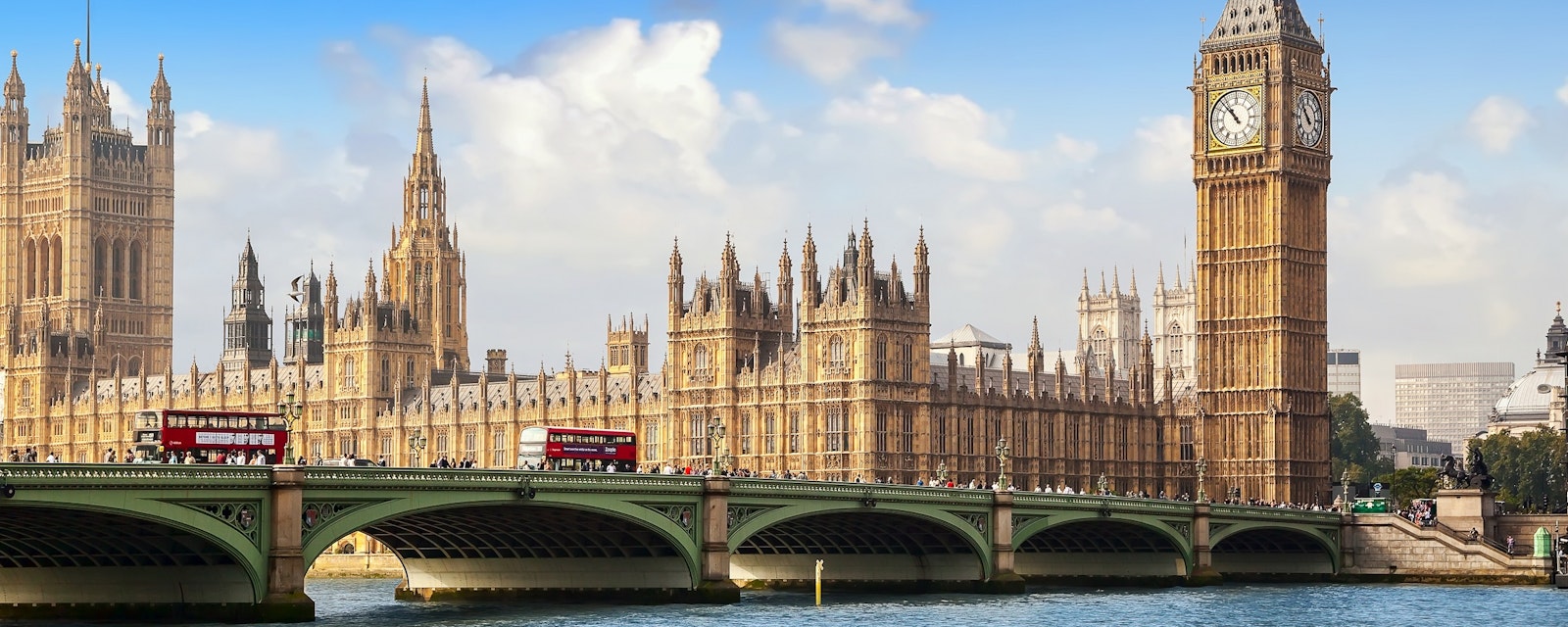Ahead of the 12 December general elections, party manifestos and the polls are in focus. Party programs are expected to be revealed over the coming days.
However, the previously discussed impact of polarization is already becoming clear: parties are trying to outperform each other with radical proposals. For instance, the Conservatives’ bid for previously Labour-supporting working-class voters outside London has led the government to announce the ‘end of austerity.’ Countering this, and to channel attention from Brexit to the economy, Labour is offering a large-scale investment program financed by tax hikes for higher-income earners.
The problem with this mutual escalation strategy is that, under the majoritarian electoral system, parties still need to forge coalitions of voters to win enough constituencies and gain a majority in Westminster. But radical positions aimed at one part of the electorate might scare off other groups of voters elsewhere. For instance, the Tory drive for Labour voters could endanger the party’s position in the south-east, where it might embolden the Liberal Democrats.
This, in turn, means that the outcome of the election will remain very difficult to predict. Nation-wide polls indicate improved momentum for the Tories ever since Boris Johnson became prime minister. But whether that translates into sufficient pluralities in a large enough number of constituencies is a different question. Recall that in any given constituency, all votes cast for non-successful candidates will not be reflected in the overall election outcome, as only the candidate with the largest share of the vote gets sent to Westminster.
Put differently, the surprisingly bad result for the Tories in the 2017 election does not necessarily mean that the polls in the run-up to the vote had it wrong; the key question is rather whether a correctly-polled lead in the nation-wide surveys is geographically distributed in such a way that it can translate into pluralities in a large enough number of constituencies. Against the backdrop of (programmatically radicalized) three or even four-way races (given the competition Tories and Labour are facing from Lib Dems and the Brexit Party), this will be extremely difficult to forecast.
A hung parliament should therefore not be ruled out. Whatever parties are currently promising could therefore be difficult to implement after the vote. This might create further uncertainty around Brexit but could also help moderate some of the current rhetoric on the economy.
For instance, Labour’s Jeremy Corbyn could probably only become prime minister with the support of the Lib Dems and the Scottish Nationalists. Whether these parties would accept him in Downing Street is as unclear as the question of how Brexit and the Scottish demand for another independence referendum could be settled. Crucially, Labour’s desire for substantial tax hikes and nationalizations is unlikely to fly with the Lib Dems, the representatives of comparably affluent pro-EU liberals – in fact, a good Lib Dem result would at least partly reflect the opposition among just these voters to Labour’s leftist course (in addition to the desire for a clear Remain position).
As of now, only one election result would lead to a relatively predictable policy outcome: a Tory majority would mean the quick implementation of the latest Brexit deal.




